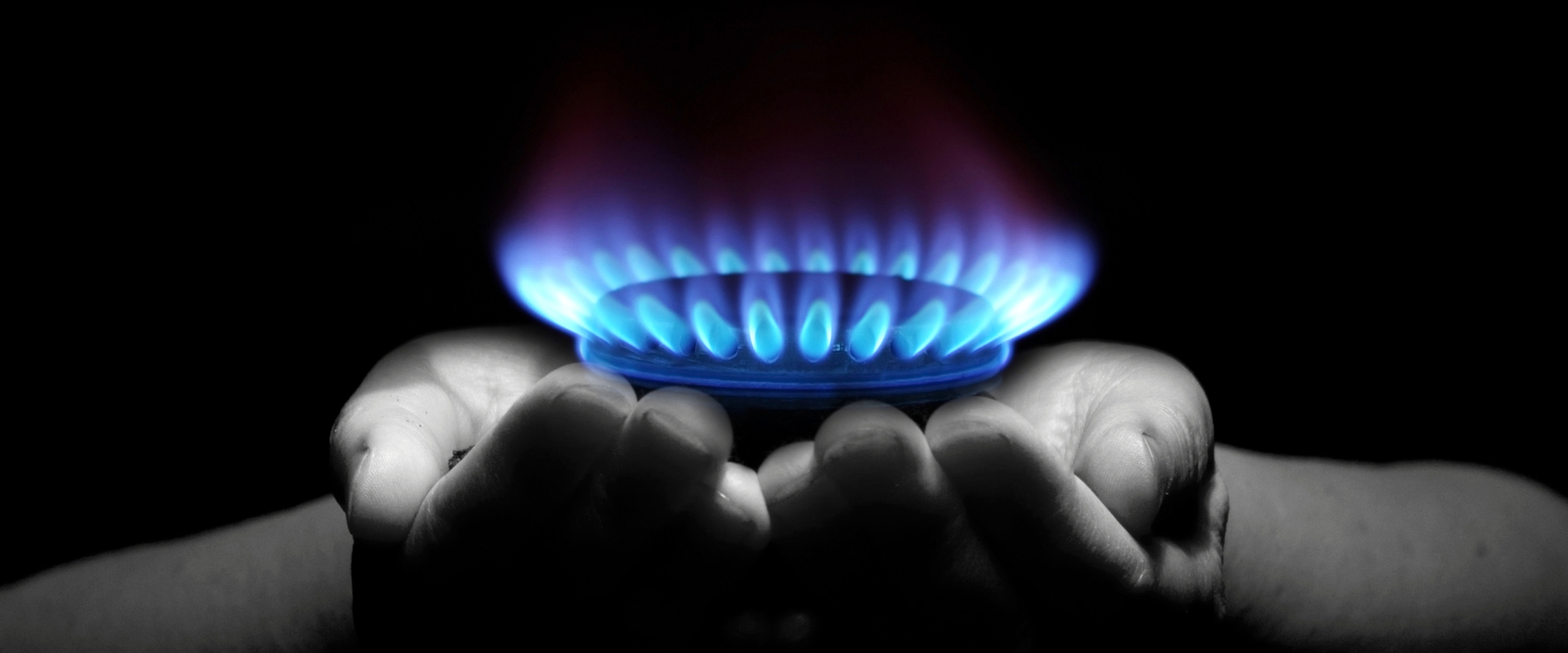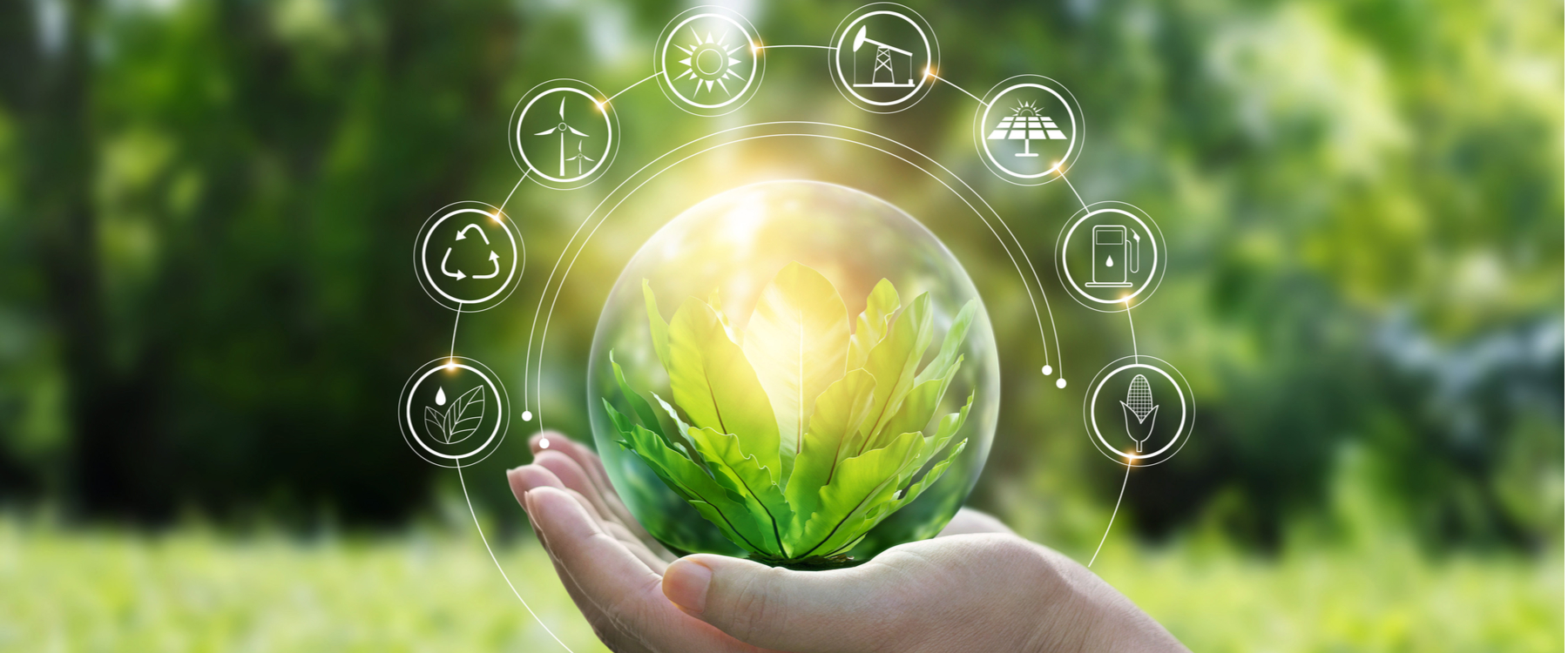
How is natural gas used to generate electricity?
Natural gas is an efficient and fairly environmental friendly source of electricity generation. Below are some ways that natural gas is used to generate electricity.
Steam Generation
The most common method of electricity generation from natural gas is via a steam generation unit. This utilizes a boiler or system of boilers which produce steam. Steam is produced by burning natural gas in boilers, which heats water and thus produces steam, and the steam then turns a turbine. This method is also very common with other sources of electricity generation such as coal. The steam generation units are more commonly seen in large scale facilities rather than residential or commercial units.
Generation from combustion
In combustion engine units, natural gas is burned and the hot gasses produced are used to turn a turbine and produce electricity. These are generally slightly less efficient than steam powered units in large scale facilities. One of the largest benefits is the speed at which these can be turned on and start generating power, it is much faster than most other units. The increased speed can be useful in reaching higher demands during peak hours or other instances. These combustion units can also be scaled down to supply energy to a residential or commercial building.
Combined Cycle Units
The most complicated to install but most efficient generation method is a combined cycle unit. These units utilize both steam and combustion for increased efficiency and power generation. First the gas is burned in a combustion engine which turns a turbine, and then the hot gas is moved into a boiler which boils water to produce steam, which turns another turbine. This methods cheaper over time but its initial costs to install can be much more expensive. It is also a more complicated unit to operate and maintain. This type of generation is typically only seen in large scale power plants or industrial facilities.
 1-877-316-6344
1-877-316-6344





